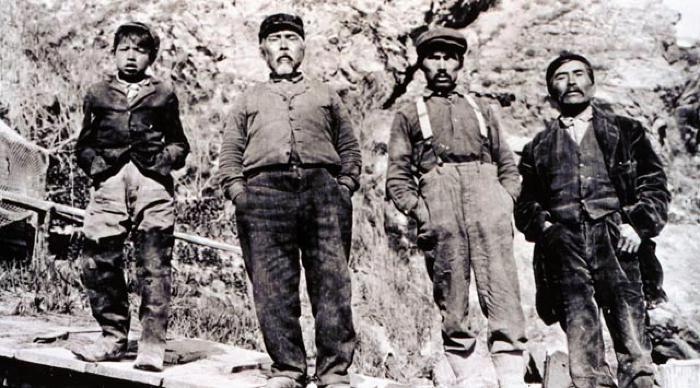Chief — Tuyuq

Classical Alutiiq society had three social classes: wealthy people, commoners, and slaves. Social positions were inherited and permanent. One’s status did not usually change during life. Alutiiq chiefs were members of the elite. They were individuals born to rich families who demonstrated their leadership abilities through generosity, bravery, and the ability to acquire wealth. Many communities also had a second chief, a person from another wealthy family who functioned as the chief’s assistant.
Chiefs were responsible for political and spiritual leadership at the village level. They built and maintained a men’s house where men discussed civic matters. They led war parties to avenge wrongs and obtain slaves. They hosted winter gatherings to acknowledge animal spirits, thank ancestors, and ensure future prosperity. According to Russian accounts, some powerful chiefs exerted influence over several communities, acting both as local and regional leaders.
Chiefs and their relatives displayed their social status through elaborate dress. Parkas made from rare furs, hats decorated with dentalium shells and amber, elaborate jewelry, and tattoos on the face and shoulders all expressed the power and authority of a community leader.
Tuyuq is a relatively recent addition to the Alutiiq language. According to anthropologist Lydia Black, it comes from the word toyon of the Yakut language of Siberia. Russian traders applied this term to the individuals they selected to make Alutiiq communities follow Russian orders.
